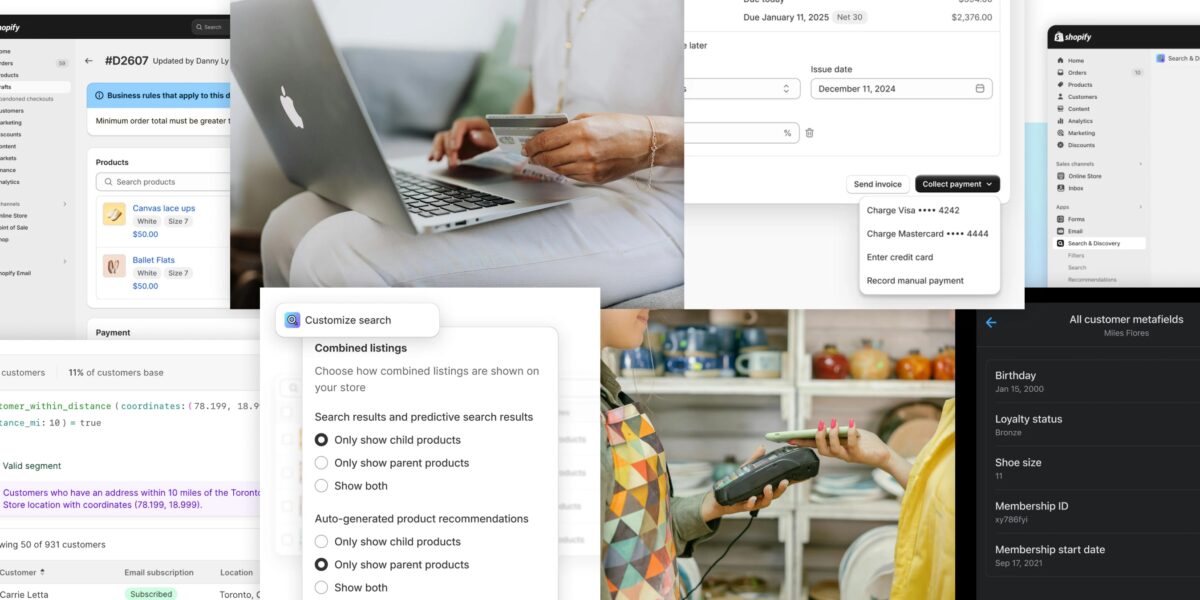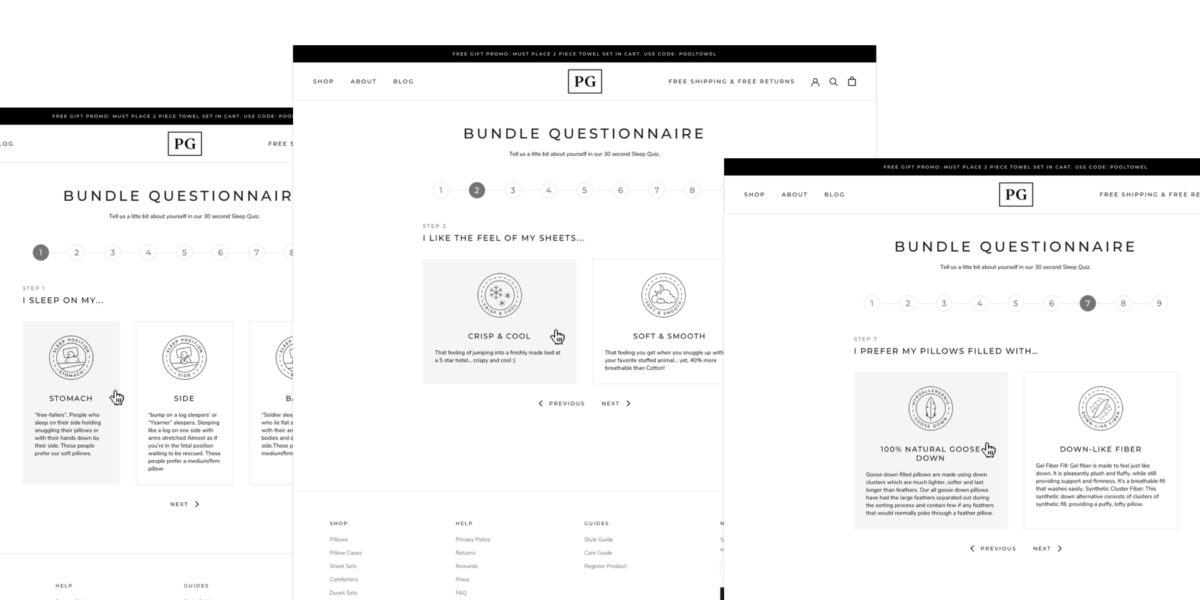You’ve probably heard a lot of web developers and designers talk about the mobile-first approach. The first time you’ve heard it, you probably thought of one main thing: smartphones. When you talk about mobile, you usually talk about mobile phones, right? Right! But, there’s really more to the mobile-first approach than just smartphones, it’s also very much about the process.
What is the Mobile-First Approach All About?
By definition, “Mobile First” is designing the layout, navigation and content of a website BEFORE designing the desktop versions for larger screens. The reason for this is that because mobile devices offer much less real estate than large, desktop displays, you can concentrate more on the content and how the site is used, rather than just making a design that says”wow”. We’re not saying you can’t have both though, we’re just saying you might want to nail the phone layouts, then the tablet layouts, then the desktop layouts, in that order. This of course means the website should ideally be responsive, but it also means that you really also have to have the “content-first” if at all possible. In the past, designing a website focused heavily on visual design and other related technical elements, just for a desktop computer. And more often than not, complete websites were often designed around placeholder text. Can it be done? Yes. Is it the best way to go? No. Content was always an afterthought. Nowadays, a good balance of mobile-first, content-first, and responsive user experience what’s needed to design a successful site.
Do we always design mobile first? No, but it should always be considered depending on the type of website, how the site is used, and the demographics. With mobile, you are really seeing more of the content than you are of the design or graphics, so this means creating content dedicated to improving the user experience is absolutely critical. Content here doesn’t only pertain to articles or written text, but also images, video and audio. Along with these, designers also work on creating a better user experience by making sure that the content is laid out in a convenient manner, especially when someone goes online through their mobile device.
With mobile traffic set to eclipse desktop traffic on the internet by the end of 2015, your designer should surely be asking questions like “How can I make this site or page easier to navigate when accessed through a mobile device?” Or, “How can I make navigation simpler for mobile device users?”. The key to everything is responsiveness. A website has to be responsive to the needs of the users and the myriad of available screen sizes.
The aim of the mobile-first approach is to create a smooth flow for mobile browsers, and get them to the content they are looking for, or to buy the thing they need, as effortlessly as possible.
Why Go Mobile?
The mobile-first approach is not a fad or a trend. It is a reality. According to an article by CNN, “According to a new study, 21% of phone owners use their devices as their primary way of accessing the Internet.” All these indicate that the world has gone mobile; that smartphones have become more than just a communication device.
Benefits of Using the Mobile-First Approach
Aside from not being left behind by the “mobile now” bandwagon, there are other benefits one can get from adapting the mobile-first approach.
1) Mobile users’ needs are met, as well as the specifications of the mobile platform.
2) This allows designers to focus not only on technicalities, but also on content, structure – and navigation details. Creation of content is more crucial now than ever.
3) Webpages will be now easier to navigate, thus improving over-all user experience. This will make visitors want to visit your site regularly, therefore increasing your online presence and credibility.
4) A mobile-first approach almost always results to a fresher concept and design. The simpler and more functional, the better.
Embracing the mobile-first approach does not mean you’ll have to turn your back on designing for desktops and similar devices. While we believe a responsive site is ideal, some designers create two versions for a website – one for desktops and another one for mobile devices – but with all the gray area in between, it’s making less and less sense over time. It may mean additional work, but it’s the best way to satisfy both user markets.
In creating a website, especially in a mobile-dominated era, it is important to keep in mind what designer Mark Boulton said: “There is a symbiotic relationship between content and design. One cannot thrive without the other”. It’s important to remember this when you want to create a website that combines functionality, design, user experience and quality for a completely satisfying mobile device browsing experience.
















